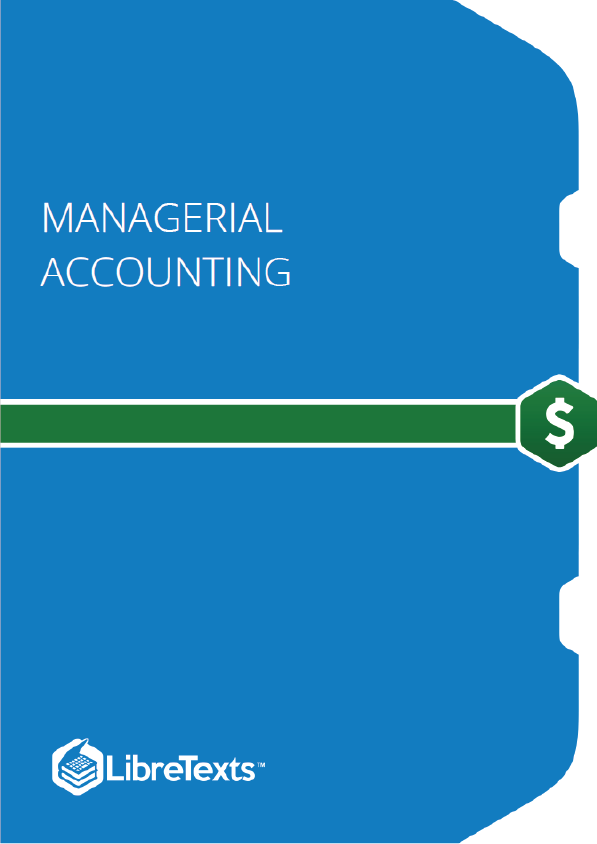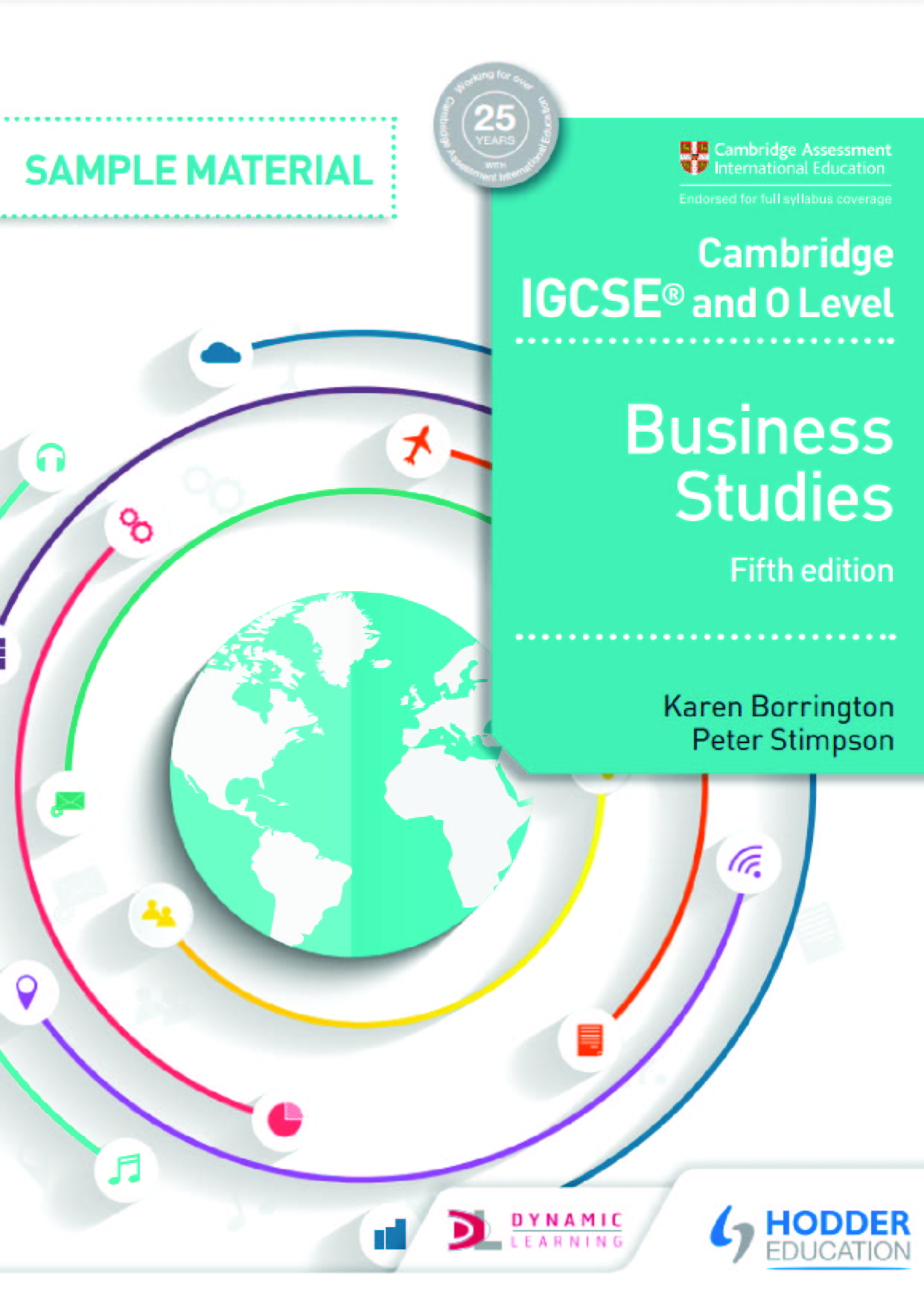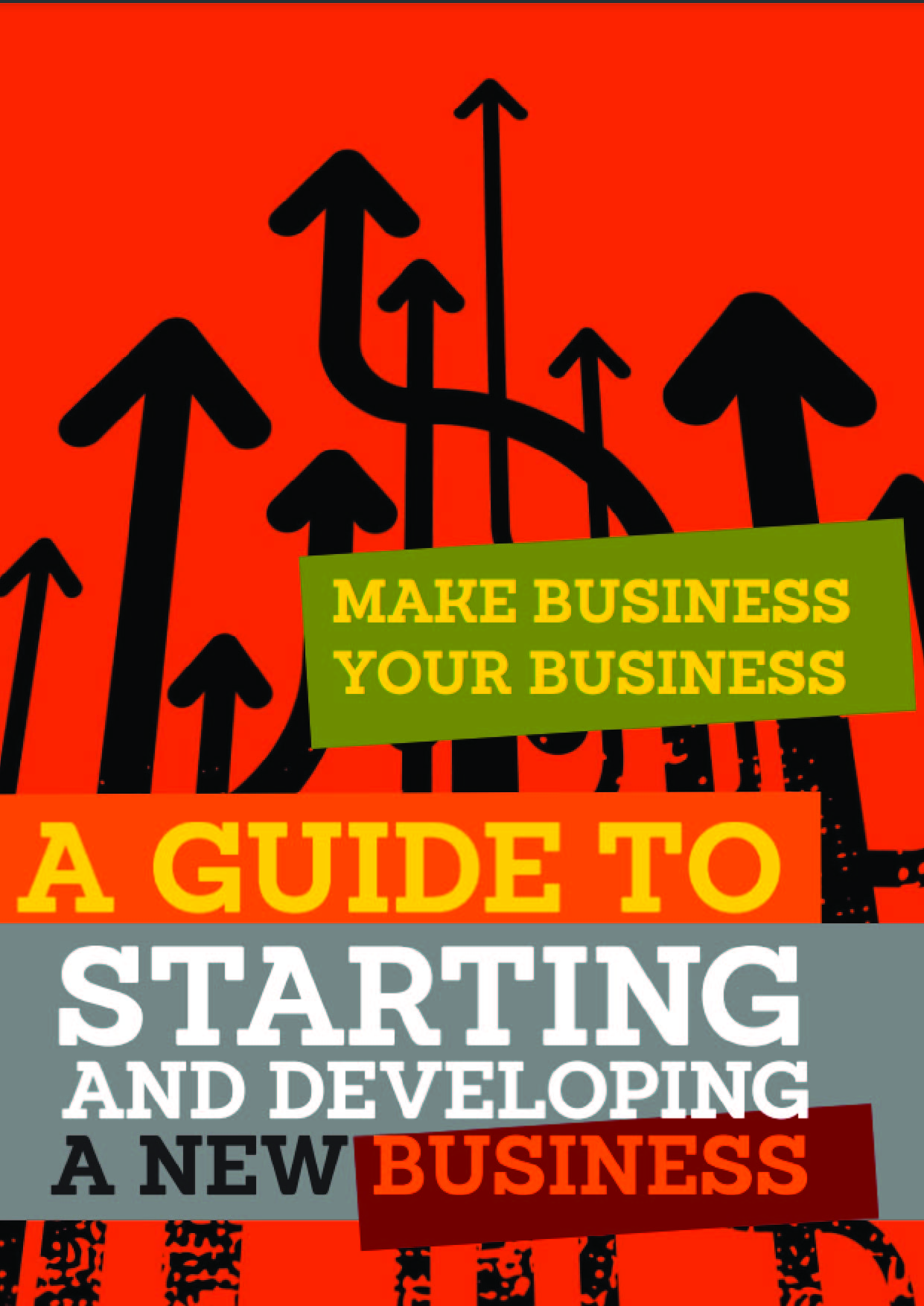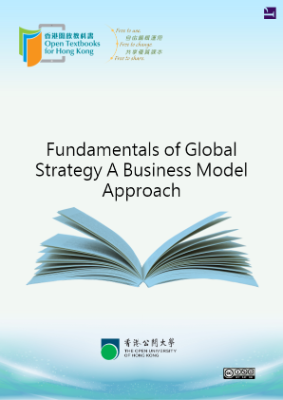Financial reporting by manufacturing companies
Many of you will work in manufacturing companies or provide services for them. Others will work in retail or service organizations that do business with manufacturers. This section will help you understand how manufacturing companies work and how to read both their internal and external financial statements.
Assume you own a bicycle store and purchase bicycles and accessories to sell to customers. To determine your profitability, you would subtract the cost of bicycles and accessories from your gross sales as cost of goods sold. However, if you owned the manufacturing company that made the bicycles, you would base your cost of goods sold on the cost of manufacturing those bicycles. Accounting for manufacturing costs is more complex than accounting for costs of merchandise purchased that is ready for sale.
Perhaps the most important accounting difference between merchandisers and manufacturers relates to the differences in the nature of their activities. A merchandiser purchases finished goods ready to be sold. On the other hand, a manufacturer must purchase raw materials and use production equipment and employee labor to transform the raw materials into finished products.
Thus, while a merchandiser has only one type of inventory—merchandise available for sale—a manufacturer has three types— unprocessed materials, partially complete work in process, and ready-for-sale finished goods. Instead of one inventory account, three different inventory accounts are necessary to show the cost of inventory in various stages of production. Looking at Exhibit 2, you can see how the inventory cost flows differ between manufacturing and merchandising companies.
We compare a manufacturer’s cost of goods sold section of the income statement to that same section of the merchandiser’s income statement in the chart below. There are two major differences in these cost of goods sold sections: (1) goods ready to be sold are referred to as merchandise inventory by a merchandiser and finished goods inventory by a manufacturer, and (2) the net cost of purchases for a merchandiser is equivalent to the cost of goods manufactured by a manufacturer.
Merchandiser and manufacturer accounting: Differences in cost concepts
Cost is a financial measure of the resources used or given up to achieve a stated purpose. Product costs are the costs a company assigns to units produced. Product costs are the costs of making a product, such as an automobile; the cost of making and serving a meal in a restaurant; or the cost of teaching a class in a university.
Manufacturing companies use the most complex product costing methods. To ensure that you understand how and why product costing is done in manufacturing companies, we use many manufacturing company examples. However, since many of you could have careers in service or merchandising companies, we also use nonmanufacturing examples.
In manufacturing companies, a product’s cost is made up of three cost elements: direct material costs, direct labor costs, and manufacturing overhead costs.











